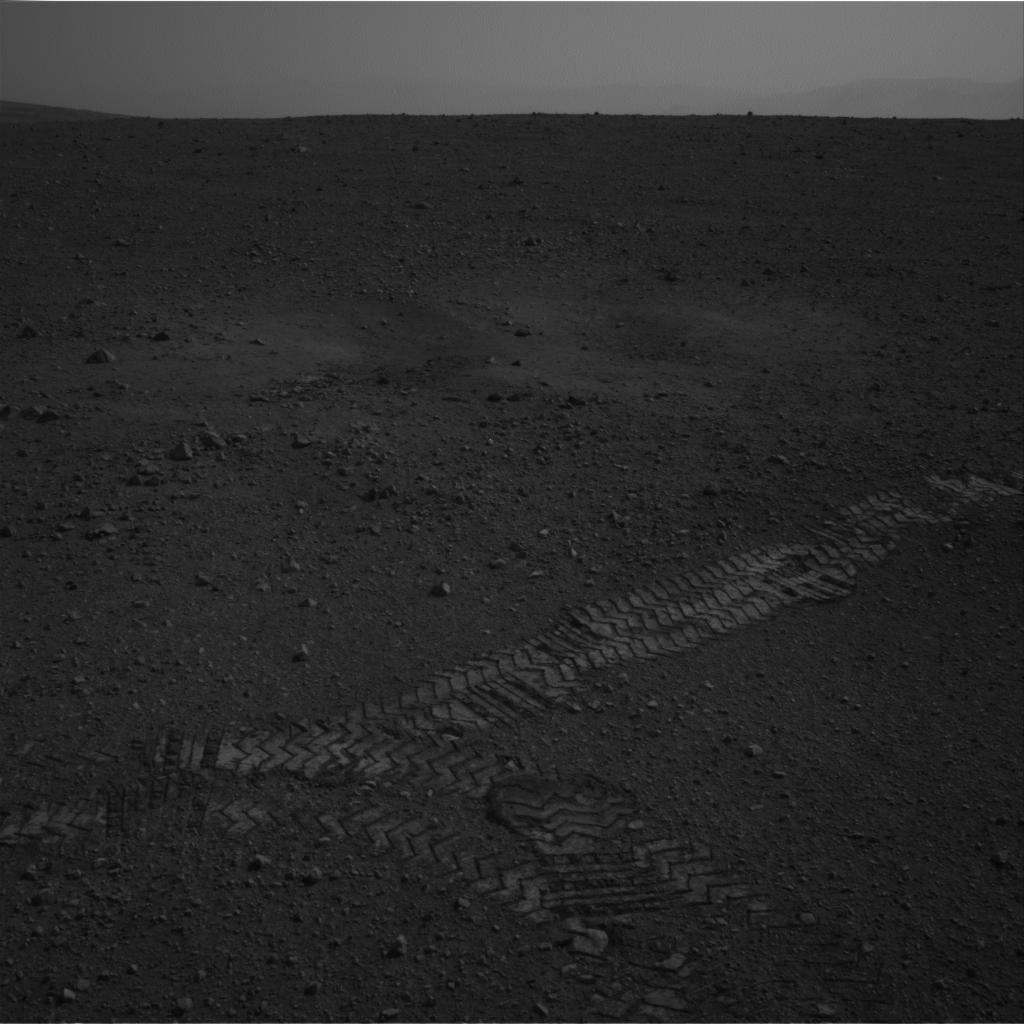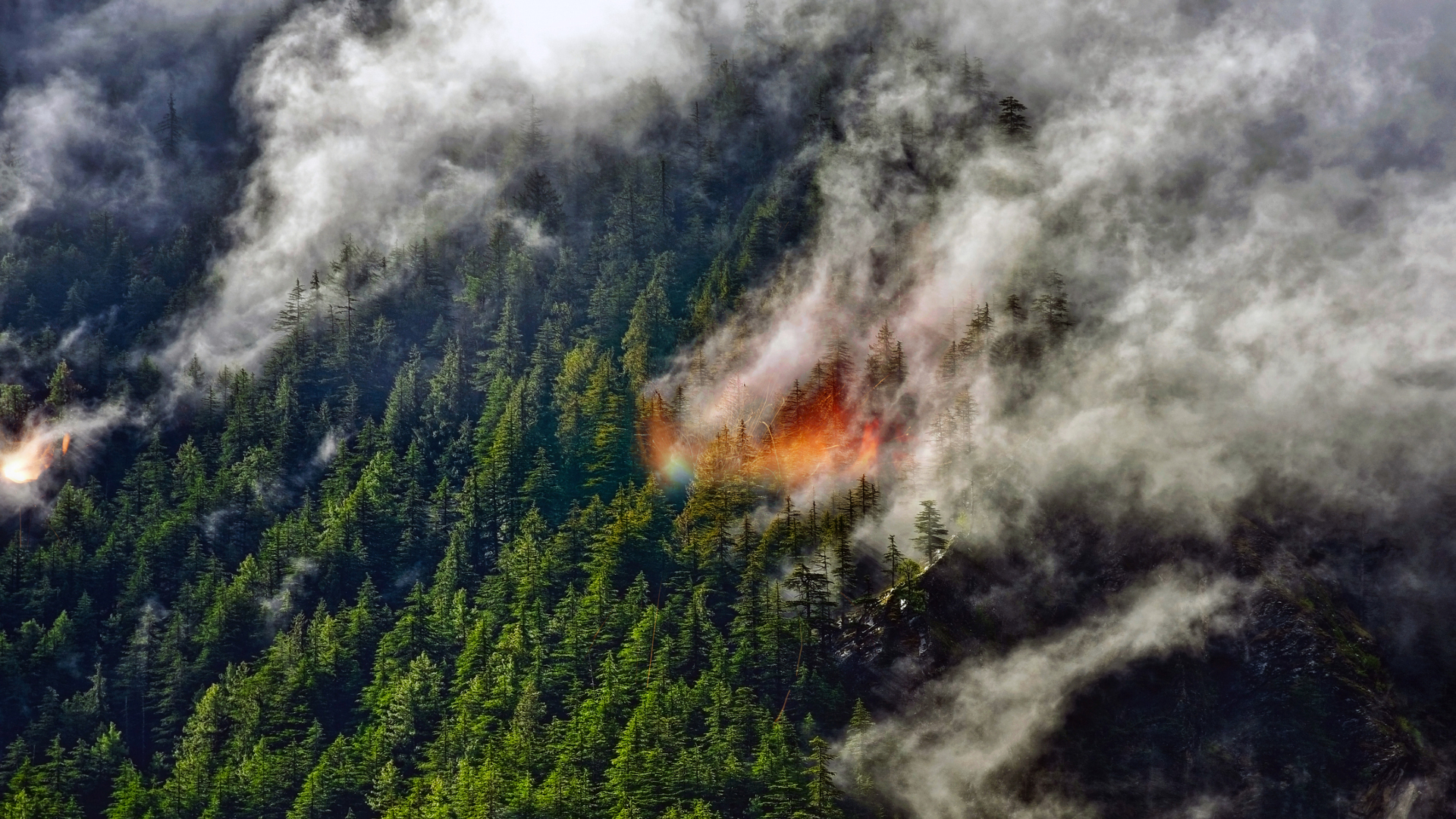Mars Rover Curiosity Takes 1st Martian Test Drive, Sees Tracks (Photos)

Everything has gone well so far, team members have said, though Curiosity's weather station is not working perfectly. Wind sensors on one of the instrument's two booms have been damaged, perhaps by rocks deposited on Curiosity's deck during or shortly after landing.
But the other boom's sensors are working fine, so the impact should be limited to some slight ambiguity regarding wind direction, researchers have said.
If everything continues to check out, Curiosity could head toward its first major science target — a spot 1,300 feet (400 m) away called Glenelg — as early as this weekend, mission managers have said. Three different types of terrain come together at Glenelg, making it a one-stop shop for lots of science investigations.
But Curiosity's ultimate destination is the base of Mount Sharp, the 3.4-mile-high (5.5-kilometer) mountain rising from the center of Gale Crater. Mars-orbiting spacecraft have spotted evidence of clays and sulfates in Mount Sharp's foothills, suggesting the area was exposed to liquid water long ago.
While Curiosity is getting ready to roll, it won't exactly speed through its Martian environs. The rover will likely spend a month or more journeying to Glenelg, researchers have said, and then remain there for a while, studying the site's rocks and soil.
Curiosity may be ready to turn its wheels toward the interesting deposits in Mount Sharp's foothills, which are about 5 miles (8 km) away as the crow flies, toward the end of the year, scientists have said.
Follow SPACE.com senior writer Mike Wall on Twitter @michaeldwall or SPACE.com @Spacedotcom. We're also on Facebook and Google+.
Breaking space news, the latest updates on rocket launches, skywatching events and more!

Michael Wall is a Senior Space Writer with Space.com and joined the team in 2010. He primarily covers exoplanets, spaceflight and military space, but has been known to dabble in the space art beat. His book about the search for alien life, "Out There," was published on Nov. 13, 2018. Before becoming a science writer, Michael worked as a herpetologist and wildlife biologist. He has a Ph.D. in evolutionary biology from the University of Sydney, Australia, a bachelor's degree from the University of Arizona, and a graduate certificate in science writing from the University of California, Santa Cruz. To find out what his latest project is, you can follow Michael on Twitter.
